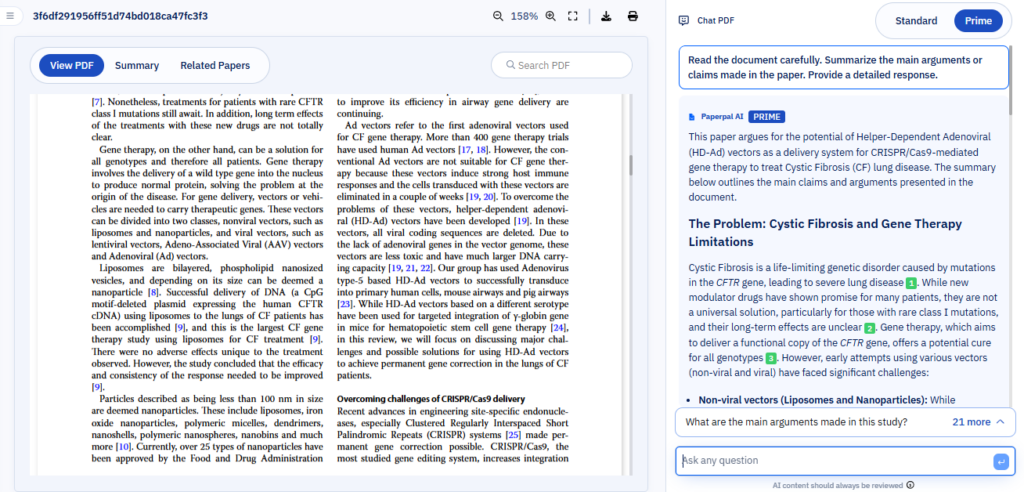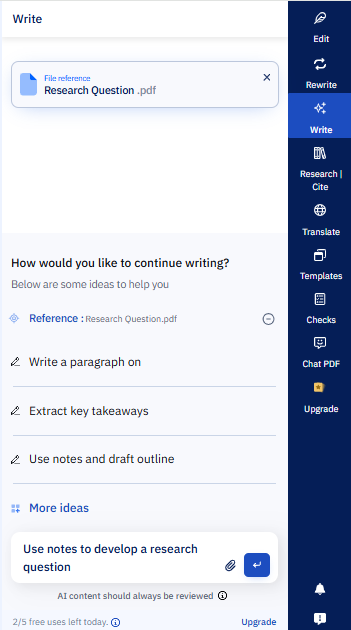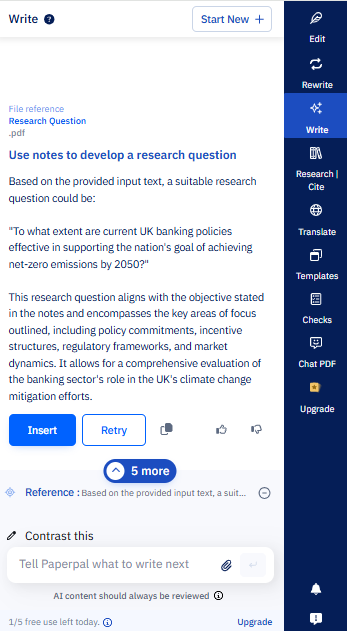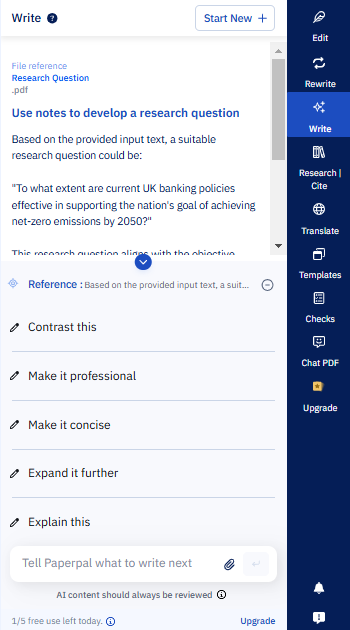Table of Contents
Conducting academic and scientific research can be difficult and lengthy. It requires careful planning, critical thinking, attention to detail, and strong organizational skills to achieve impactful, real-world outcomes. Given the complexities involved, following a structured research process is essential for success.
The research process is an organized method of gathering information and answering specific academic and scientific questions. It acts like an essential guide for researchers, right from the crucial first step of choosing a topic to the final stage of writing a comprehensive report.
This structured approach guarantees that every aspect of research is meticulously planned and executed. But what exactly are these research process steps, and how do they contribute to effective research?
What Steps are Involved in a Research Process?
The research process typically involves several steps, each building on the previous one. Below is a detailed breakdown of the research process steps –
Step 1: Choosing a topic
This first step involves selecting a topic that is not only of interest to you but also explores varied perspectives within existing research. Try to be original in your choice of topic, as it will make your research more engaging, and if you find yourself struggling to narrow down what to work on, consult your supervisor or mentor for guidance.
Step 2: Conducting a literature review
The next step in the research process would be to look for information on the subject. A preliminary search will give you an idea of the amount of literature available to support your study.
Once this is done, you can undertake a more detailed review of available literature to get a comprehensive overview of existing information on your topic. This will also help you to find gaps in knowledge and identify trends and findings that will shape and guide your research.
For your literature review, use Paperpal’s AI Reference Finder to ask questions and get factual insights and summarized responses from 250 million research articles.
You can read full papers or download them and upload to Paperpal Chat PDF to ̣quickly extract insights, simplify complex topics, summarize lengthy papers and more. You can also save articles to your citation library to delve deeper into the topic later.

Additionally, you can also use academic databases like JSTOR, Scopus, and Web of Science to gather information, build upon existing work, avoid repetition, and create a solid foundation for your research. Use local libraries and search engines like Google Scholar to find resources online. Remember to write down the citation details and the location of your source for future reference.
Step 3: Defining the research question
Once you have chosen a topic and done your basic reading on the subject, it is time to frame a research question. Developing a research question involves finding gaps or inconsistencies in existing research and creating specific, testable statements that will address these unresolved questions.
For example, researchers studying the aurora borealis may find that while there is significant research on what causes the phenomena, there are few studies on why it is being seen further south. Identifying this gap could lead to a meaningful research question about how geomagnetic storms impact the Earth and what can be done to mitigate its effects. A well-articulated research question will provide a clear direction for your study.
Already brainstormed some ideas for your research question? Upload your notes to Paperpal Write and let it generate a well-defined research question for you. Choose from pre-set prompts or craft your own for a more customized result.



Step 4: Creating a research design
Based on your research question, you can draw up a framework outlining research methods and techniques that you will be using to conduct your study. In other words, create a research design. Make sure to choose an appropriate research design based on available resources – it could be qualitative, quantitative, or mixed methods. Whichever you choose, it must align with your research objectives.
For example, researchers investigating the southward movement of the aurora borealis would likely need to use a mixed-methods approach that could include quantitative data collection through satellite imagery combined with qualitative analysis of historical auroral patterns and climate conditions.
Step 5: Collecting data for study
This is a crucial step in the research process, as the accuracy, credibility, and quality of data collected from various sources will directly impact the reliability of your research findings.
That is why you should choose data collection techniques best suited to your research objectives. Importantly, irrespective of how it is done – whether collecting primary data through interviews, surveys, and conducting experiments or secondary data gathered from existing studies and reports – it must be done carefully to avoid bias and errors.
For example, researchers studying the northern lights may use geomagnetic observations and atmospheric measurements to collect quantitative data on why the northern lights are being seen in wider areas. In qualitative research, the analysis might involve trying to understand how geomagnetic forces impact the Earth.
Step 6: Analyzing data
The next step in the research process is to analyze the raw data collected during the research to see if it supports or contradicts your hypothesis. Start by organizing data into relevant categories. This will help you discover patterns and trends and enable you to draw meaningful inferences.
Keep in mind that the method used to analyze data will depend on the type of data collected. For example, researchers could use the data collected from geomagnetic observations and atmospheric measurements to evaluate how geomagnetic storms are causing the aurora borealis to become more vividly and widely viewed and how this has a much broader impact on Earth.
Step 7: Drawing inferences
Once you have analyzed the data, it is time to interpret the findings and draw conclusions. This is one of the most critical steps in the research process because it directly answers the research question.
It is also important to consider what these findings mean for existing theories, practical applications, and directions for future research. At this stage, you should also acknowledge any limitations in your study and propose areas that warrant further investigation.
Taking our example further, researchers analyzing data from satellite sensors would probably find that geomagnetic storms are enhancing the intensity and geographical reach of the aurora borealis and disrupting power grids, communication systems, and satellite operations. These findings could lead to policy recommendations for mitigating these impacts and preparing for possible disruptions in digital communication systems.
Step 8: Writing the research report
Finally, all of the information collected needs to be compiled into a research report or paper that accurately and coherently communicates the research process and outcomes. Ensuring that the research report is well written is crucial, as it not only improves readability but also goes a long way in ensuring that it is accepted by peer reviewers and journal editors.
Paperpal is a comprehensive AI writing toolkit that helps students and researchers achieve 2x the writing in half the time. It leverages 22+ years of STM experience and insights from millions of research articles to provide in-depth academic writing, language editing, and submission readiness support to help you write better, faster.
Get accurate academic translations, rewriting support, grammar checks, vocabulary suggestions, and generative AI assistance that delivers human precision at machine speed. Try for free or upgrade to Paperpal Prime starting at US$25 a month to access premium features, including consistency, plagiarism, and 30+ submission readiness checks to help you succeed.
Experience the future of academic writing – Sign up to Paperpal and start writing for free!



